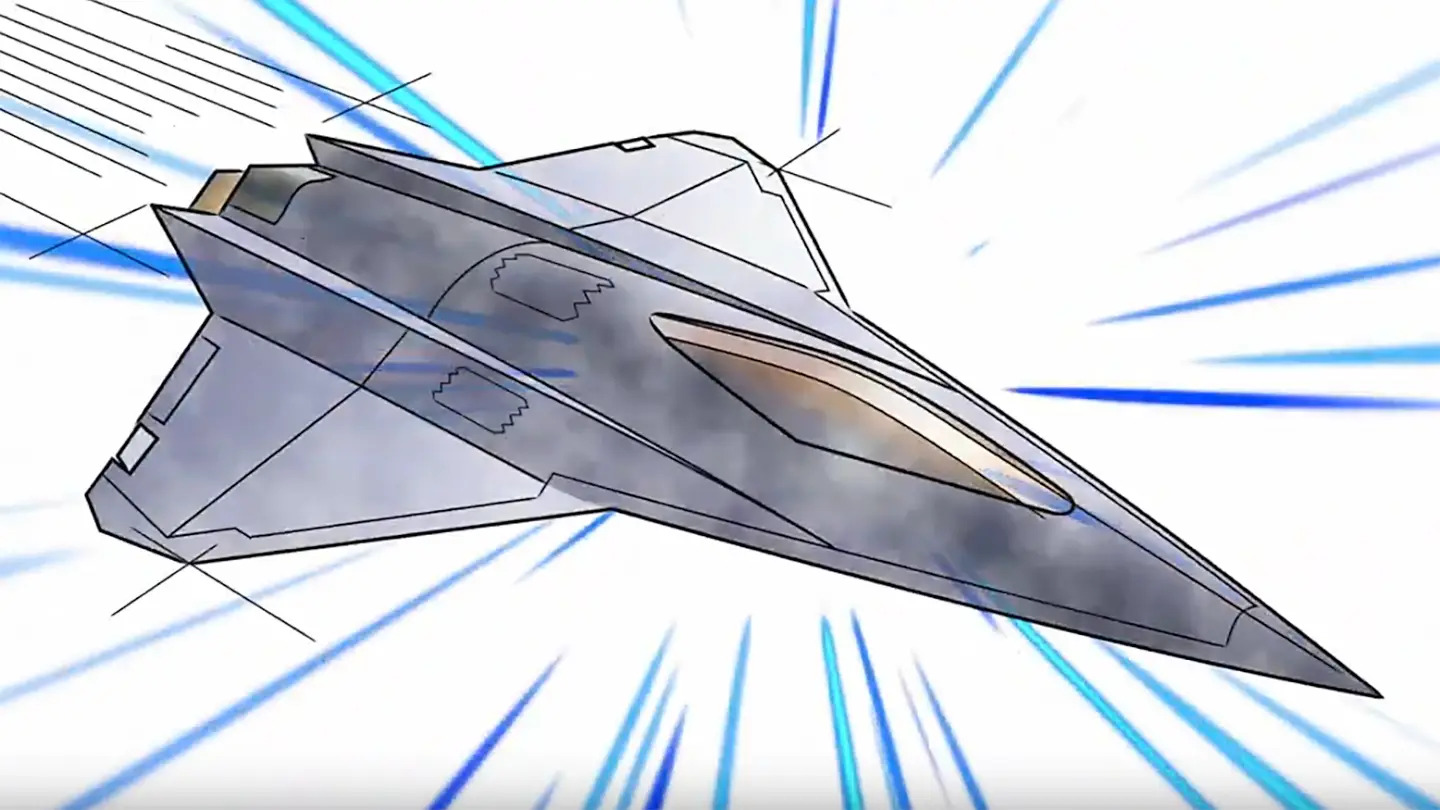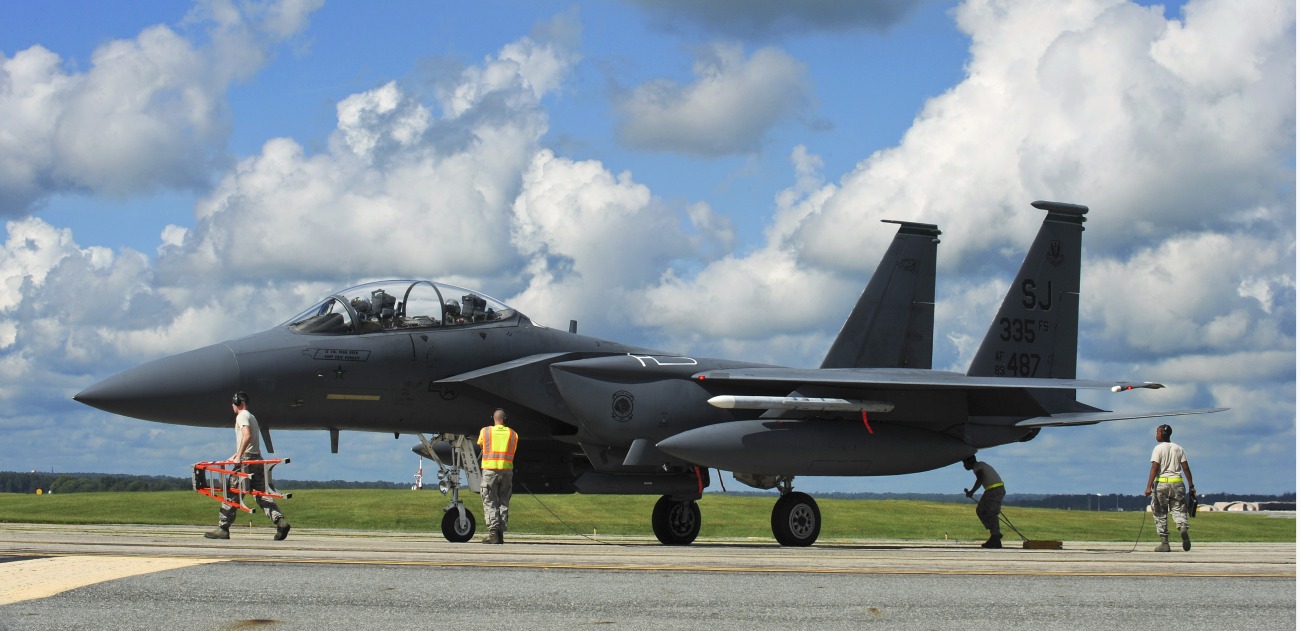Lockheed & Boeing “Face The Heat” As U.S. Next-Gen Fighter Program May Undergo ‘Dramatic Shift’?

With the costs and deadlines of almost all of its major programs growing beyond its budget and deadlines, the United States Air Force (USAF) leadership is said to be persuading the policy-makers in the defense establishment to reconsider the Biden Administration’s decision to shelve the idea producing smaller, lighter, and cheaper aircraft to adapt to new challenges over time, an idea that was expounded in 2019 in the shape of the so-called “Digital Century Series.”
This idea for reconsideration has reportedly emanated from none other than U.S. Air Force Chief of Staff General David Allvin at the Global Air and Space Chiefs’ Conference by the UK’s Air and Space Power Association in London ( July 17-18, 2024).
Apparently, senior U.S. Air Force officials are frustrated over the lengthy development timelines in the production of high-cost and high-capability platforms like the Next Generation Air Dominance (NGAD) fighters, which could replace and improve upon the F-22 and F-35. Each of these platforms stretched more than two decades between early developmental onset and reaching operational service.
Therefore, they are now interested in what is said to be open-system software architecture and modular designs that could be rapidly upgraded or even discarded in favor of newer designs while sharing common systems with previous models.
The idea here is to pursue technological innovation and acquire more specialized combat aircraft with shorter lifespans and smaller series. This will reduce the costs and time of development and acquisition, unlike what has been witnessed in the F-22 and F-35 programs.
AfriPrime App link: FREE to download...
https://www.amazon.com/Africircle-AfriPrime/dp/B0D2M3F2JT
In his presentation at the London Conference, General Allvin is said to have proposed a significant shift in America’s developmental approach to field new fighters. He would eliminate the longstanding “built to last” design approach, which is predicated on fielding advanced and supremely expensive new fighters meant to operate for a half-century or more.
He is believed to have argued that new fighter designs should be “built to adapt,” shifting focus away from long-term survivability and instead toward highly modular designs that can be quickly and easily modified to meet the ever-shifting challenges of the 21st-century battlefield.
According to General Allvin, America’s existing approach to fighter design, which sees lengthy developmental timelines followed by high-cost procurements and even higher-cost sustainment, is predicated on the “underlying assumption” that the fighters will stay technologically relevant for long enough to substantiate the mountains of funding dollars the programs burn through. But with a long list of foreign nations now fielding stealth fighters of their own and emerging technologies like artificial intelligence promising to make air defense systems more capable than ever, he believes that “underlying assumption” no longer holds true.
“That proposition can become an albatross. It’s still functioning, but it’s not as effective,” the U.S. Air Chief was quoted to have said of these high-end fighters as their lifespans wear on.
On the other hand, there is the theory that if new fighter designs are fielded every 5-10 years, which would mean the development cycle for the next new fighter would likely begin almost immediately after a contract is awarded for the current one, it could create the necessary incentive for a wider variety of firms to compete in the fighter design space, and that competition could result in cheaper aircraft and reinvigorate the fighter aircraft industry.
It is argued that if, at the moment, only three large American firms are dominating the fighter business — Lockheed Martin, Northrop Grumman, and Boeing — this is because there is little promise of any other company ever getting a foot in the door when new fighter programs are so few and far between.
Therefore, the argument goes, if there is a shift toward fielding fighters only meant to serve for a decade or so, initial development on the “next” fighter could begin as soon as the current one enters service.
Not only would such a model mean cutting out the most expensive decades of a fighter’s lifespan, but it would also allow the rapid adoption of emerging technologies while retaining and updating the best of the old (open architecture) to keep costs down in the steady flow of new fighters maturing toward service. That steady flow of new aircraft could potentially make fighter designs a truly competitive industry, it is pointed out.
According to present estimates, the F-35 Lightning II Joint Strike Fighter’s life cost is over $2 trillion, making it the most expensive defense program in military history. A B-21 Raider strategic bomber’s unit price now exceeds $700 million.
AfriPrime App link: FREE to download...
https://www.amazon.com/Africircle-AfriPrime/dp/B0D2M3F2JT

Digital Century Series
It may be pointed out that “the Digital Century Series” was a coinage of former Air Force acquisition executive Dr. Will Roper, who suggested in 2019 that quick-turn design and production of new combat aircraft every few years—produced in lots of 50-100 before being superseded by the next design—would keep the fleet fresh and hold down sustainment costs because the aircraft would be rapidly retired when their technology grew stale.
This concept was characterized as a “holy trinity” of “agile development,” “open architecture,” and “digital engineering.”
Developing new designs every five years or so keeps the system agile. Open architecture makes it easier to incorporate capabilities that are already developed during each cycle. Digital engineering optimizes the process of integrating, producing, and testing new designs.
The USAF’s ability to simulate and optimize the process of producing, upgrading, operating, and maintaining new systems was explained in terms of its importance to digital engineering.
Digital engineering implies modern modeling and simulation (M&S) capabilities to design systems for reliability, manufacturability, and upgradability, which are indirectly related to system performance and low life-cycle costs.
However, with the coming of the Biden Administration, Dr. Roper’s idea of “Digital Century” lost momentum and was more or less abandoned. The newly appointed Air Force Secretary Frank Kendall termed Roper’s idea “highly optimistic” and “overhyped” in the absence of hard data.
After all, the Digital Century Series acquisition model has never been attempted in the modern era. “I have a lot of respect for Will Roper. I’ve worked with him a lot,” Kendall had told an interviewer, “I think he has some really interesting ideas … [but] I think you have to be careful about where you apply those ideas.”
Kendall was sensitive to the idea of weighing the costs of changing the requirements of the existing NGAD program, which has already received well over a billion dollars and several years’ worth of investment.
It is interesting to note here that with Kendall or, for that matter, the Biden Administration preferring to stick with the NGAD program, the then Air Force Chief of Staff Gen. Charles Q. Brown Jr. (General David Allvin’s immediate predecessor) had suggested a mid-way out.
While testifying before the House Armed Services Committee, he argued that there could be two variants of NGAD: one with long range and payload for the Indo-Pacific and one lighter variety more oriented to the relatively short ranges between possible battle areas in Europe.
His suggestion was said to have been based on how the relatively lighter F-16 program coexisted with the costlier F-15s in sufficient numbers to meet the force’s strategic needs. The F-16 did not see the cancellation of the F-15; the former, rather, supplemented the latter. Similarly, F-35s could coexist with the new lighter aircraft as suggested under the Digital Century program.

Similarly, as Alex Hollings, editor of the Sandboxx blog, argues, present USAF Chief General Allvin’s comments “may have come with something of an ulterior motive. With competition for the NGAD contract underway and the Air Force clearly recognizing how the future of fighter acquisitions may be in flux, these statements may be a means of placing public pressure on Lockheed and Boeing to revise their proposals, particularly in terms of cost”.
Hollings seems to have a point when he says that “the Air Force may intend to transition toward the Digital Century Series acquisition model moving forward, but may be using the public groundwork for that transition to create negotiating leverage with Lockheed Martin and Boeing today”.
AfriPrime App link: FREE to download...
- Questions and Answers
- Opinion
- Story/Motivational/Inspiring
- Technology
- Art
- Causes
- Crafts
- Dance
- Drinks
- Film/Movie
- Fitness
- Food
- Игры
- Gardening
- Health
- Главная
- Literature
- Music
- Networking
- Другое
- Party
- Religion
- Shopping
- Sports
- Theater
- Wellness
- News
- Culture
- War machines and policy

